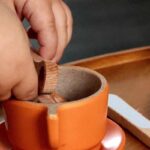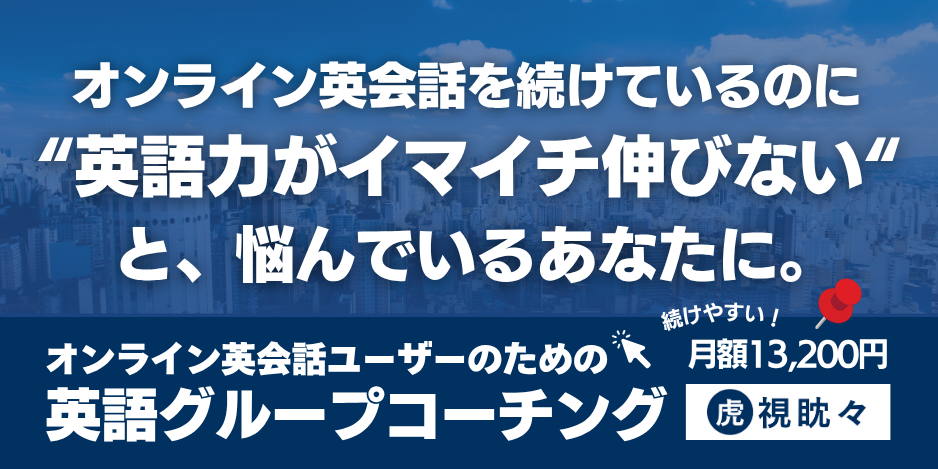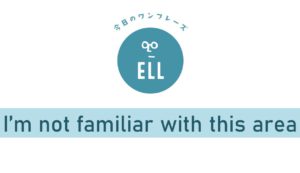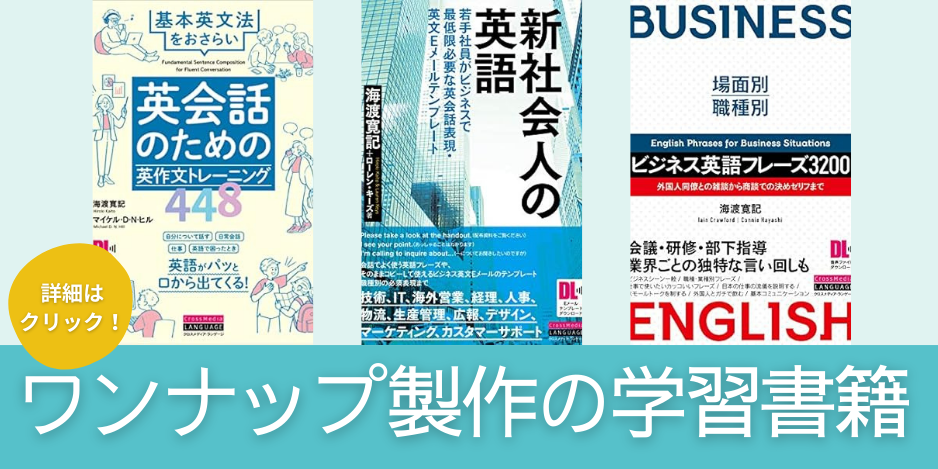
As a child of two immigrants in America, I come from a diverse background. My father is of Spanish and Filipino descent from the south of the Philippines and my mother is of Filipino descent from the north. Perhaps that does not sound like much of a difference, but as a child growing up in an upper-middle class suburb that was predominantly white, you will find that these differences stand out all the more.
I think my earliest memory of knowing I was different than my peers was in first grade of elementary school. My mother had packed me a lunch of rice, chicken and vegetables. I have always loved chicken and as a child I could not eat it without rice. I was so excited to eat that day and show my friends the adorable little lunch box my mother had bought that was purple and yellow with blue stars. However, my classmates’ reaction was the exact opposite of what I was hoping for. I remember them staring at me in absolute bewilderment. Alison, the most popular girl in the school, looked at my lunchbox and asked, “You brought rice?” My eagerness to share my lunch died that day and it was the last time I brought rice to school. From then on, it was standard sandwiches for me.
It was at that moment when I looked at the sea of bewildered faces around me that I realized that I was not only physically different, but culturally different as well. In America, a melting pot of different cultures, I learned to embrace these differences as I grew, but now that I am in Japan I find myself straddling a strange line.
On one hand, I am Asian. Yes I am also quarter Spanish, but I am mostly Filipino and the Philippines is an island located in Southeast Asia. Due to this, there are some commonalities that we share. Taking off your shoes, showing respect to your elders or eating a diet based around rice. These are some similarities all Asian countries have in common. However, it is how we practice these customs that sets us apart.
‘Pagmamano’ is a custom in the Philippines that is still practiced today. It is the act of showing respect to an elder. The word ‘pagmamano’ literally translates to ‘blessed hand’. The act is simple and is done by taking an older person’s hand and pressing the back of their hand to your forehead with a slight bow. This action is usually done with the younger person saying ‘mano po’ which roughly means ‘please give me your blessing’. The elderly person then usually smiles and grants them their blessing.
Unlike other Asian cultures, like Japan, where respect is shown with a bow, in the Philippines it also involves touch. I think this has to do with the cultural heritage of the country. The Philippines was colonized by the Spanish for 300 years and then this was followed by both Japanese and American rule in the 20th century. It was only in the mid 20th century that the country achieved independence and by then the Philippines was a hodgepodge of cultural practices. Due to this, the Philippines has a strange mix of Eastern and Western practices. While in Japan it might be a bit startling to touch someone so familiarly after first meeting them, in the Philippines is it widely accepted.
I think different cultural practices make each country unique and interesting. It is part of the charm of traveling to a new place and learning how locals interact with one another. It also gives us a chance to try something new.
Evalyn
Vocabulary
predominantly (adv.) – for the most part; mainly; primarily
bewilderment (n) – a feeling of being surprised, puzzled and confused
straddle (v) – to extend across or be situated on both sides of something
commonality (n) - a shared feature or attribute
heritage (n) - valued objects and qualities such as historic buildings and cultural traditions that have been passed down from previous generations
hodgepodge (n) – a confused mixture
英語学習をフルサポート!
マンツーマン&コーチングの英会話教室
























